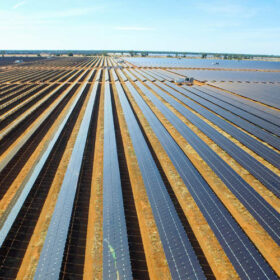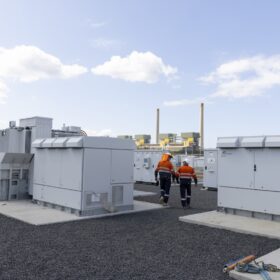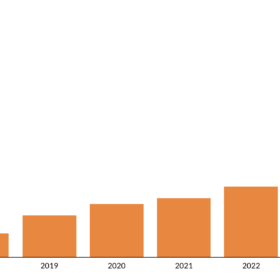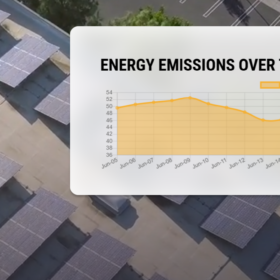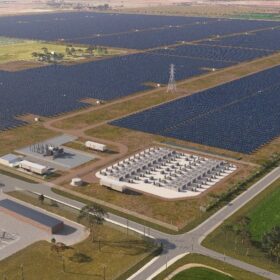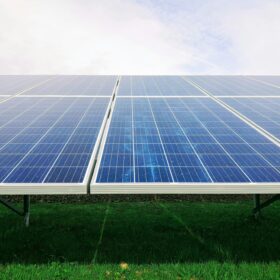Energy transition named priority area in new Future Fund’s investment mandate
The energy transition has been named a priority area for investment, specificially with Melbourne-based developer Tilt Renewables, in a new investment mandate in Australia’s sovereign Future Fund.
Eraring battery third stage approval expands project to 700 MW / 2.8 GWh
Sydney-headquartered utility Origin Energy has approved a third stage of its large-scale Eraring Battery Project in New South Wales, expanding the project with an additional 700 MWh and positioning it as a global big battery A-lister.
Allume Energy wins manufacturing grant for Australian-made SolShare technology
Victoria-headquartered developer of SolShare, Allume Energy has received $3.8 million in funding through an Australian government industry growth program to help scale the manufacturing of its technology in Melbourne.
Rooftop rollout drives impressive growth for installers
Australia’s record uptake of rooftop solar is delivering significant benefits for some installers with new analysis by industry consultancy Solar Nerds showing triple-digit percentage point annual growth rates for some companies.
Climate Council keeps tabs on clean energy momentum with new data website
Community-funded climate change communications organisation the Climate Council, has launched a website monitoring the progress and adoption of renewables like rooftop solar, batteries, and cleaner transport choices.
Victoria partners with OX2 on 242 GWh per annum renewable energy park
The Victorian state electricity commission (SEC) has announced a $370 million investment in a proposed renewable energy park, in partnership with Swedish renewables developer OX2, and will be the first 100% government-owned generator in the state, since 1994.
3.4 TW of solar and wind can support $700 billion clean energy exports opportunity
Victoria-headquartered not-for-profit think tank, the Superpower Institute, has found Australia’s total potential revenue from clean energy exports is about $700 billion at today’s levels of industry output – or $1 trillion at forecast 2060 levels of output.
Call for federal battery storage rebate scheme targets a million installs by 2030
A national battery rebate scheme, with a target of a million household and business installations by 2030, has been proposed to the Australian government on the back of a community-based Solar Citizens petition.
Fluence to optimise Akaysha Energy’s battery assets
Battery storage developer Akaysha Energy is looking to automate wholesale market participation for a large portion of its Australian battery energy storage fleet using Fluence’s AI-powered bidding software Mosaic.
Edify lands federal approval for Victorian solar and storage project
Renewables developer Edify Energy has secured federal government approval for a 250 MW solar farm and 200 MW / 800 MWh big battery planned for central Victoria.
